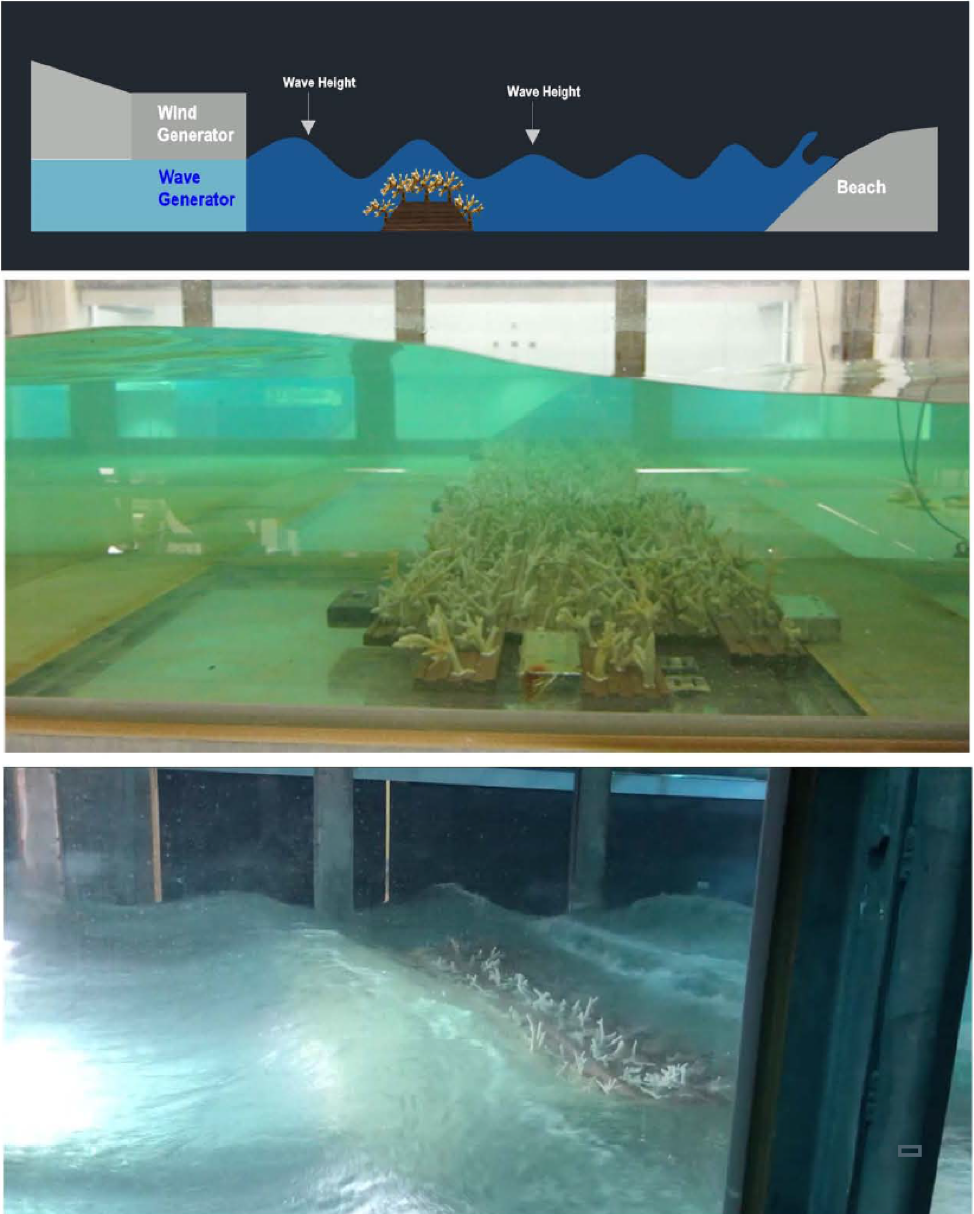Funded by the National Fish and Wildlife Foundation (NFWF)
PI Diego Lirman
The shoreline of SE Florida’s “Urban Core”, stretching from Miami-Dade to Broward County, is one of the most susceptible in the US to the growing impacts of extreme weather and sea level rise. Local government is already spending $100Ms to mitigate the impacts of waves, storm surge, and flooding by deploying pumps, raising streets, and building sea walls. This project complements these “cement-based” infrastructure improvements by implementing a comprehensive, ecosystem-based coral reef restoration program to plant over 150,000 corals (including three threatened species) to restore over 125 acres of reef habitats as a cost-effective way to buffer coastal threats and provide significant ecological and economic benefits. This project brings together academia (University of Miami, Nova Southeastern University), NGOs (Florida Aquarium,SECORE International, Frost Science Museum), and government partners (Miami Dade and Broward Departments of Environmental Protection, Biscayne National Park, Fish and Wildlife), and expands upon significant prior investments into developing, testing, and implementing novel approaches to building climate resilience into restored coral populations, as well a unique state-of-the-science ability to model and measure wave attenuation. Our ultimate goal is to restore depleted reefs as a cost-effective way to enhance coastal, ecological, and economic resilience, while also engaging in education and outreach activities that will reach 1M people each year.





